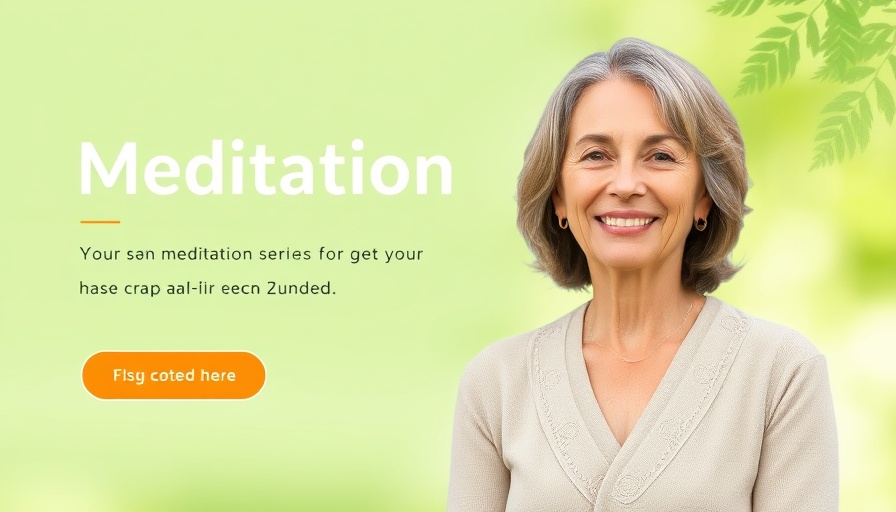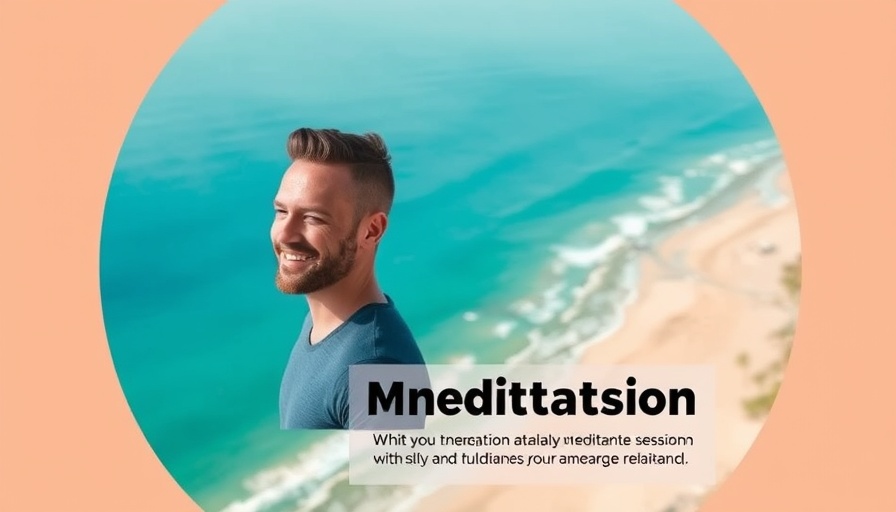
Understanding Shame: An Emotional Journey
Shame is a complex emotion that many of us experience. It can arise from various situations—think of a moment when you felt inadequate or judged. Understanding shame begins with recognizing that it’s not just an isolated feeling, but a signal pointing to deeper issues within ourselves. Patricia Rockman's 12-minute meditation invites us to embark on a journey of self-discovery, transforming shame into a tool for building self-trust and resilience.
Engaging with Difficult Emotions
The pathway to self-trust lies in our ability to engage with difficult emotions such as shame, rather than pushing them away. By taking a moment to explore these feelings, we can gradually reduce their power over us. Just like visiting a new city, getting familiar with shame involves curiosity and patience. The practice encourages looking at our emotions as dynamic experiences that can reveal essential insights about our biggest fears or regrets.
The Journey of Self-Discovery through Meditation
Meditation, as suggested in Rockman's practice, allows us to become familiar with the unwelcomed guests of shame and fear. By focusing on bodily sensations and breathing, readers can watch these feelings come and go rather than letting them take control. Each breath offers an opportunity to accept what is, letting thoughts arise and shape our self-perception without judgment. This practice encourages us to label emotions as they ebb and flow, creating space for acceptance and understanding.
Cultivating Resilience: The Antidote to Shame
Building resilience starts with self-talk. As Rockman emphasizes, acknowledging your emotions with kindness—such as saying, “Shame is here”—can empower the individual to navigate through these challenging feelings. Over time, this practice fosters a stronger sense of self-knowledge, where individuals learn they can face discomfort instead of dodging it. It’s about transforming shame into a building block for self-esteem, thereby facilitating personal growth.
Practical Tips for Effective Meditation
When practicing the 12-minute meditation, consider these practical tips:
- Find Your Space: Create a tranquil environment free from distractions.
- Be Patient: If feelings feel intense, know it’s okay to return to focusing on your breath.
- Practice Regularly: Make this meditation part of your routine to build familiarity with your feelings.
- Journal Your Experience: Writing down your emotions post-meditation can enhance both awareness and understanding.
The Broader Impact of Mindfulness on Mental Health
As mental health challenges continue to rise globally, mindfulness practices like Rockman’s meditation offer valuable tools for self-regulation and healing. Research has shown that consistent meditation can lead to reduced levels of anxiety and depression, allowing individuals to manage their emotions more effectively. By encouraging a gentle engagement with one’s emotional landscape, these practices cultivate a more compassionate relationship with ourselves.
Common Misconceptions about Shame
Understanding shame can be complicated, and many have misconceptions about what it entails. Some believe acknowledging shame means dwelling in it, but the opposite is often true. Embracing this emotion leads to liberation rather than confinement, enabling growth. The act of summoning courage to face emotional discomfort ultimately fosters empowerment and trust in oneself, shattering the stigma surrounding emotional vulnerabilities.
 Add Row
Add Row  Add
Add 




Write A Comment